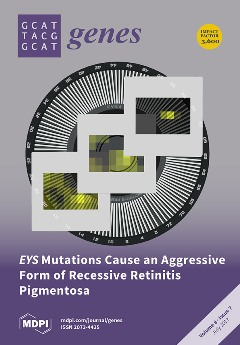Inositol is a cyclic polyol that is involved in various physiological processes, including signal transduction and stress adaptation in plants.
l-
myo-inositol monophosphatase (IMPase) is one of the metal-dependent phosphatase family members and catalyzes the last reaction step of biosynthesis of inositol. Although increased IMPase activity induced by abiotic stress has been reported in chickpea plants, the role and regulation of the
IMP gene in rice (
Oryza sativa L.) remains poorly understood. In the present work, we obtained a full-length cDNA sequence coding IMPase in the cold tolerant rice landraces in Gaogonggui, which is named as
OsIMP. Multiple alignment results have displayed that this sequence has characteristic signature motifs and conserved enzyme active sites of the phosphatase super family. Phylogenetic analysis showed that IMPase is most closely related to that of the wild rice
Oryza brachyantha, while transcript analysis revealed that the expression of the
OsIMP is significantly induced by cold stress and exogenous abscisic acid (ABA) treatment. Meanwhile, we cloned the 5’ flanking promoter sequence of the
OsIMP gene and identified several important
cis-acting elements, such as LTR (low-temperature responsiveness), TCA-element (salicylic acid responsiveness), ABRE-element (abscisic acid responsiveness), GARE-motif (gibberellin responsive), MBS (MYB Binding Site) and other
cis-acting elements related to defense and stress responsiveness. To further investigate the potential function of the
OsIMP gene, we generated transgenic tobacco plants overexpressing the
OsIMP gene and the cold tolerance test indicated that these transgenic tobacco plants exhibit improved cold tolerance. Furthermore, transgenic tobacco plants have a lower level of hydrogen peroxide (H
2O
2) and malondialdehyde (MDA), and a higher content of total chlorophyll as well as increased antioxidant enzyme activities of superoxide dismutase (SOD), catalase (CAT) and peroxidase (POD), when compared to wild type (WT) tobacco plants under normal and cold stress conditions.
Full article






